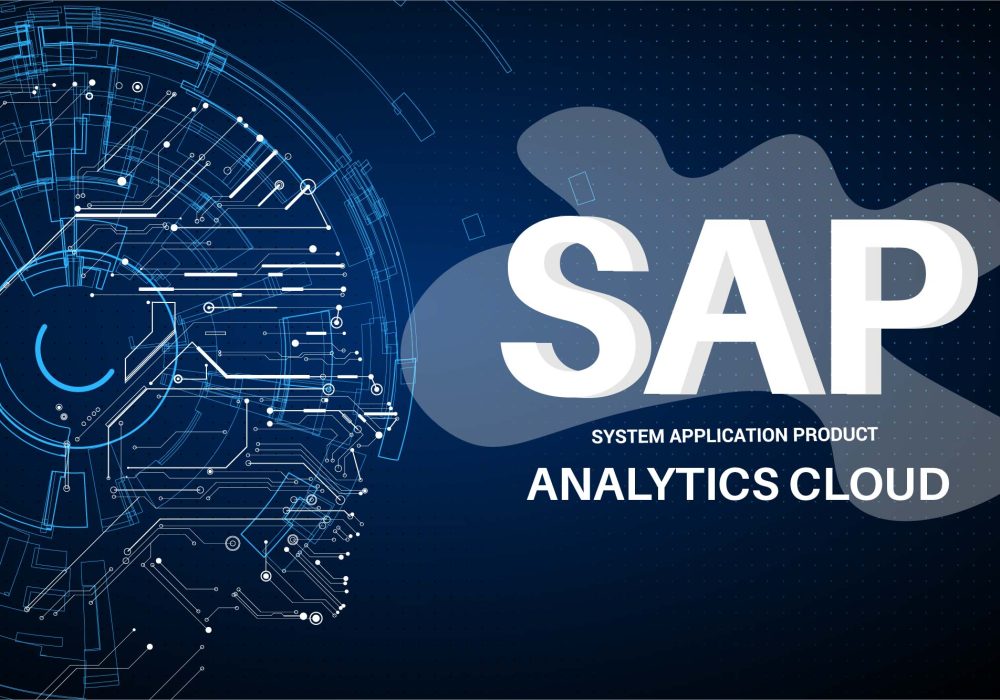
SAP Analytics Cloud (SAC) is just one of many analytics tools available in the market. The choice of the right analytics tool depends on various factors such as the specific requirements of your organization, the type of data you are working with, your budget constraints, and the overall integration with your existing systems.
Below, I’ll provide a brief comparison of SAP Analytics Cloud with some other popular analytics tools:
-
Tableau:
- Strengths: Intuitive and interactive visualization, strong community support, extensive data connectivity options.
- Considerations: Can be expensive for large deployments, may require additional tools for certain advanced analytics features.
-
Microsoft Power BI:
- Strengths: Integration with Microsoft ecosystem, user-friendly interface, cost-effective, strong data connectivity options.
- Considerations: Some users find it less intuitive for complex analyses compared to Tableau.
-
QlikView/Qlik Sense:
- Strengths: Associative data model for quick data exploration, interactive dashboards, strong data visualization capabilities.
- Considerations: May have a steeper learning curve for beginners, licensing costs can be a consideration.
-
Looker:
- Strengths: Robust data modeling, easy collaboration, strong version control for data definitions.
- Considerations: May require more effort for initial setup and data modeling, focused on data exploration and visualization.
-
Google Data Studio:
- Strengths: Free and cloud-based, integrates well with other Google products, easy to use for basic reporting.
- Considerations: May lack some advanced features found in other tools, limited data transformation capabilities.
-
Domo:
- Strengths: Cloud-based, extensive connectors and data integration capabilities, strong in real-time data visualization.
- Considerations: Pricing may be a concern for smaller organizations, some users find it less intuitive.
-
IBM Cognos Analytics:
- Strengths: Enterprise-level reporting and analytics, strong in handling complex and large datasets.
- Considerations: May have a steeper learning curve, and pricing could be on the higher side.
When comparing these tools, consider factors such as ease of use, scalability, integration capabilities, cost, and the specific features that align with your business needs. It’s often beneficial to conduct a thorough evaluation or a proof of concept to assess how well a particular tool meets your organization’s requirements before making a decision.
For more inputs on SAP Analytics Cloud (SAC) V/S Other Analytics Tools Training Contact the L&D Specialist at Locus IT and visit SAP Official Site
Locus Academy has more than a decade of experience in delivering training, Staffing and consulting on SAP Analytics Cloud (SAC) for corporates across the globe. therefore the participants for the Staffing, consulting on SAP Analytics Cloud (SAC) extremely satisfied and can implement the learnings in their ongoing projects.


